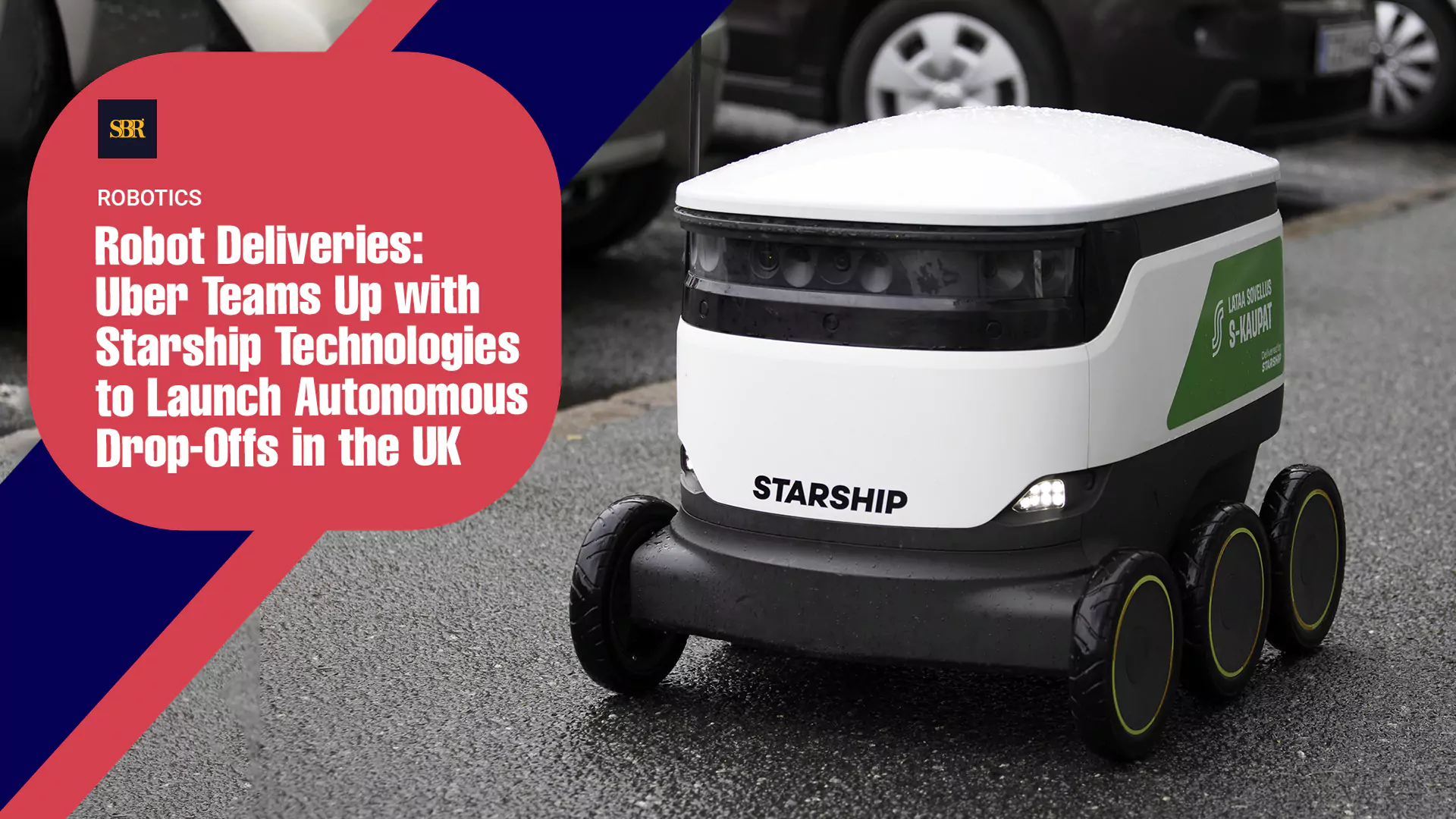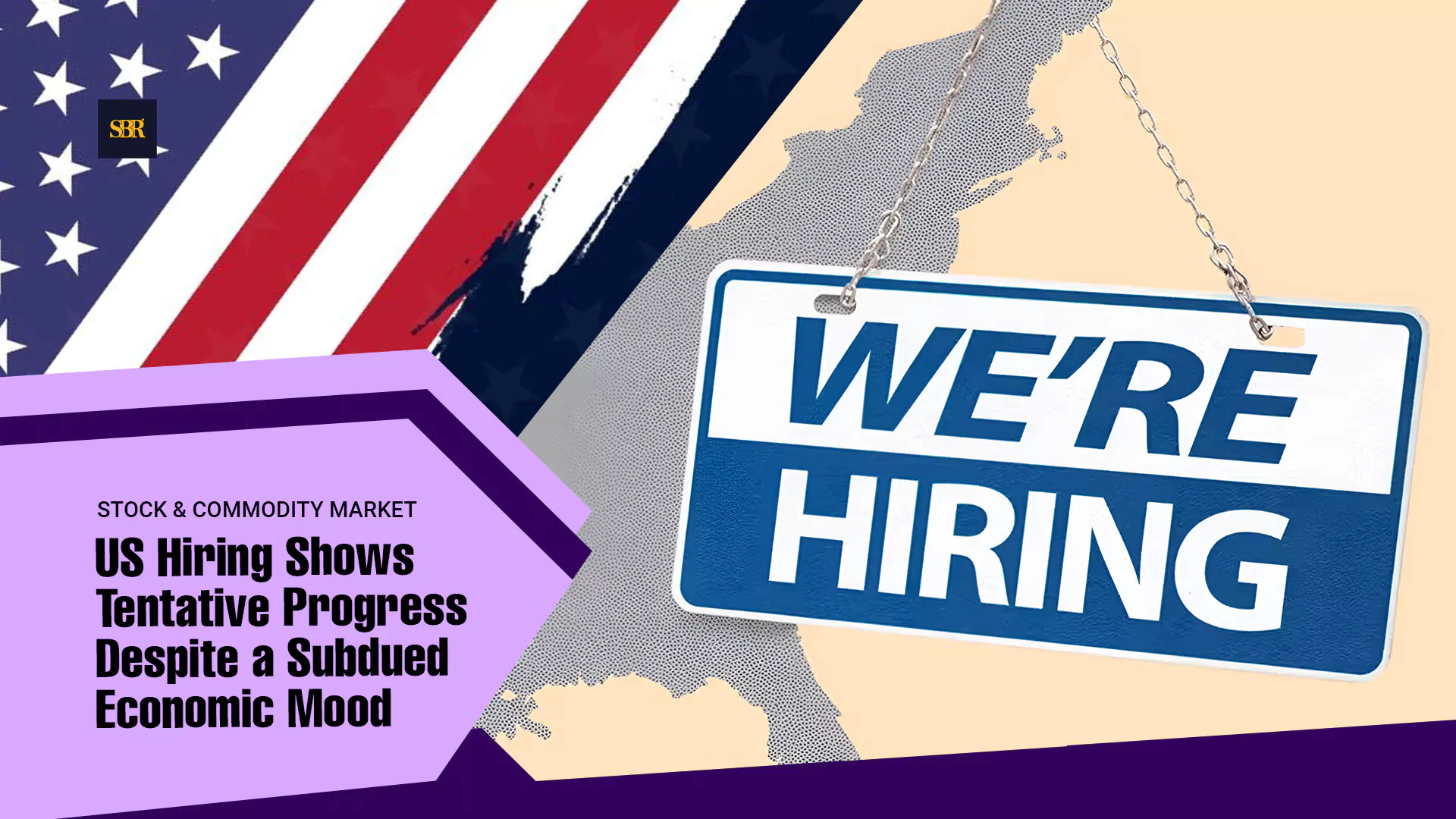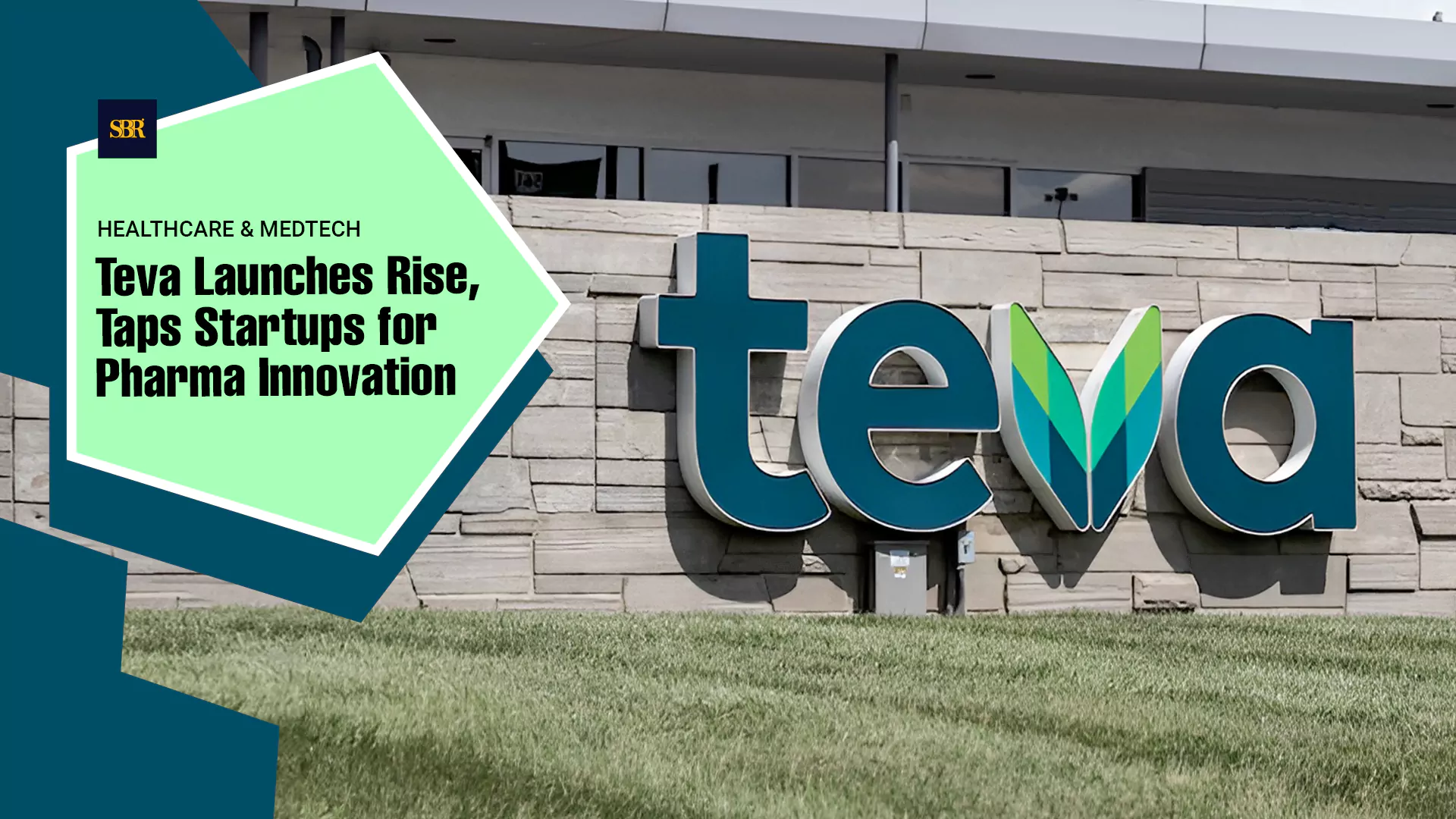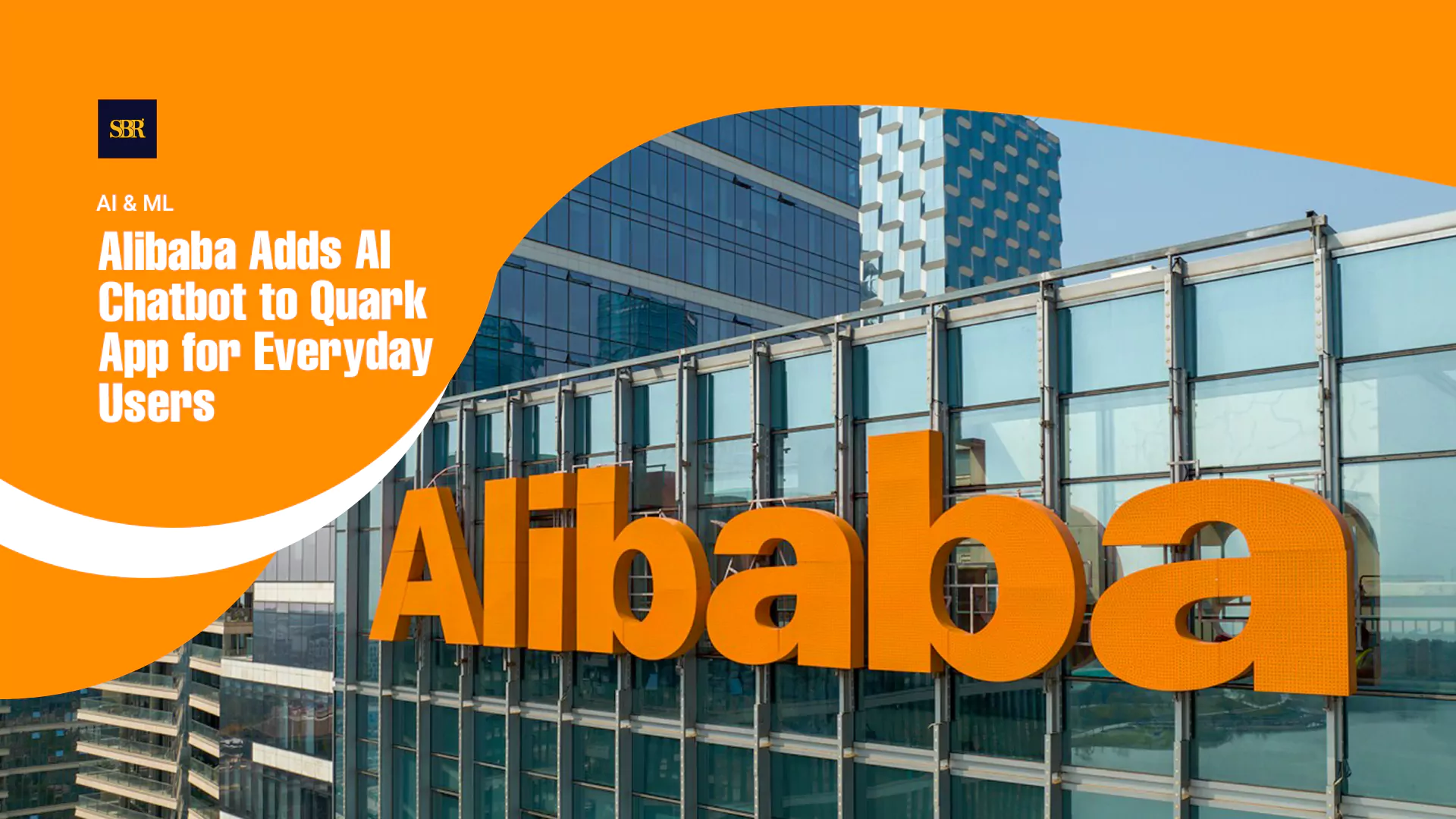Robot Deliveries Uber Teams Up with Starship Technologies to Launch Autonomous Drop-Offs in the UK
Uber moves into automated deliveries in the UK, starting with Leeds and Sheffield, marking a significant step in last-mile logistics.

(Photo: SBR)
LONDON, Nov. 20, 2025 — Uber has announced a partnership with Starship Technologies to begin autonomous delivery operations in the UK. The service is scheduled to start in Leeds and Sheffield in December 2025, with plans to expand to other cities across the UK and eventually into other European markets.
The autonomous robots are compact, six-wheeled machines designed to operate on sidewalks. They can navigate urban areas without human intervention, completing deliveries within 30 minutes for distances of up to two miles. This setup is intended to complement Uber’s existing network of human couriers, especially for short-range deliveries from restaurants to nearby customers.
Sarfraz Maredia, Head of Autonomous Mobility and Delivery at Uber, said the partnership reflects Uber’s long-term goal of integrating robotics into delivery networks worldwide. He highlighted that the collaboration allows Uber to accelerate its autonomous delivery initiatives by leveraging Starship’s existing technology and experience.
How the Robots Work
The Starship robots operate at Level-4 autonomy, which enables them to safely navigate sidewalks, detect obstacles, and interact responsibly with pedestrians. They are equipped with multiple cameras, sensors, and AI algorithms to make real-time decisions during their journeys.
Customers can track the progress of their orders through the Uber Eats app, with live updates showing the robot’s location and estimated arrival time. For now, the service is limited to select restaurants and designated delivery zones. This phased approach allows Uber to monitor operational performance, assess safety, and address any issues before expanding to more locations.
The company says the robots are designed for short trips, primarily within dense urban neighborhoods, which makes them a practical tool for the last-mile delivery challenge that has long been a cost and efficiency concern for the logistics industry.
Why Uber is Betting on Robots
Uber’s push into autonomous delivery is driven by a combination of operational, financial, and environmental factors. Using robots reduces reliance on human couriers for short trips, which can lower labor costs while also cutting fuel consumption associated with traditional delivery vehicles.
Partnering with Starship allows Uber to scale quickly, taking advantage of a company that already operates thousands of delivery robots globally. This approach avoids the need to build a robotics division from scratch, saving time and resources while giving the company immediate access to proven technology.
The electric-powered robots also support Uber’s environmental objectives, offering a cleaner alternative to conventional delivery vehicles. By reducing emissions and fuel use, the company can position this initiative as part of a broader sustainability strategy while testing how autonomous deliveries fit into urban ecosystems.
Challenges Ahead
Despite the promise, several challenges remain. Autonomous sidewalk delivery currently exists in a regulatory grey area in many cities, requiring careful navigation of local rules regarding sidewalk usage, pedestrian safety, and urban traffic.
Public perception is another factor. Some residents may be wary of small robots operating in their neighborhoods, raising concerns about safety, theft, or malfunction. Addressing these concerns will be critical for Uber and Starship as the service expands.
Additionally, the rollout is limited. Only select restaurants in Leeds and Sheffield are participating at launch, and wider adoption depends on regulatory approvals and how well the service performs in real-world conditions. The phased approach allows Uber to adjust operational procedures based on early experiences, which will be crucial before expanding to larger and more complex urban areas.
The Technology Behind the Service
The autonomous robots rely on advanced sensors and AI to detect obstacles, plan routes, and stop automatically if a person, animal, or unexpected object appears in their path. This technology allows the machines to operate independently while minimizing risk in public spaces.
The robots are fully integrated with the Uber Eats platform, enabling customers to follow their delivery in real time and receive notifications upon arrival. Only select restaurants are included in the initial phase, which allows Uber to monitor operational performance closely and refine processes before rolling the service out more widely.
Will Robot Deliveries Catch On?
Starship’s fleet has already completed millions of deliveries across multiple countries, demonstrating that autonomous robots can operate effectively in urban settings.
Uber plans to expand the service to other European cities in 2026 and potentially to the US by 2027, reflecting a long-term ambition to make autonomous deliveries a key part of its global strategy. Starting in smaller cities like Leeds and Sheffield allows the company to test the technology and refine its model before deploying it in larger, more complex metropolitan areas.
The early rollout also provides valuable data on customer acceptance, operational efficiency, and potential challenges, which will inform future expansion and improve the integration of robots into existing delivery networks.
A Glimpse of the Future
Uber’s partnership with Starship highlights a broader trend toward automation in urban logistics. Sidewalk robots could become increasingly common in cities, reducing delivery costs, improving efficiency, and providing faster service to consumers.
For residents, this launch offers an early look at how autonomous technology could reshape daily life. For cities, it signals the need for infrastructure capable of safely accommodating these machines.
The Leeds and Sheffield rollout serves as a testing ground for Uber’s vision of autonomous delivery. If successful, it could pave the way for broader adoption, potentially transforming last-mile delivery in urban centers and changing the way people receive food and goods in their neighborhoods.
Together with Starship, we are bringing this future to life across multiple continents.
Inputs from Diana Chou
Editing by David Ryder






